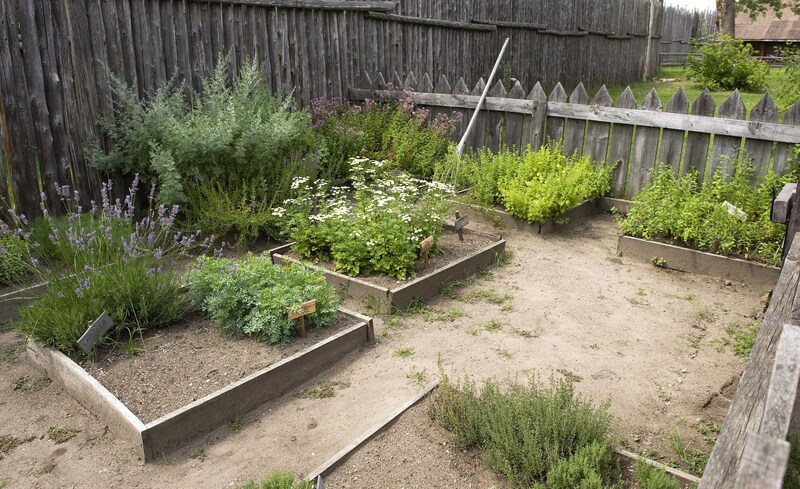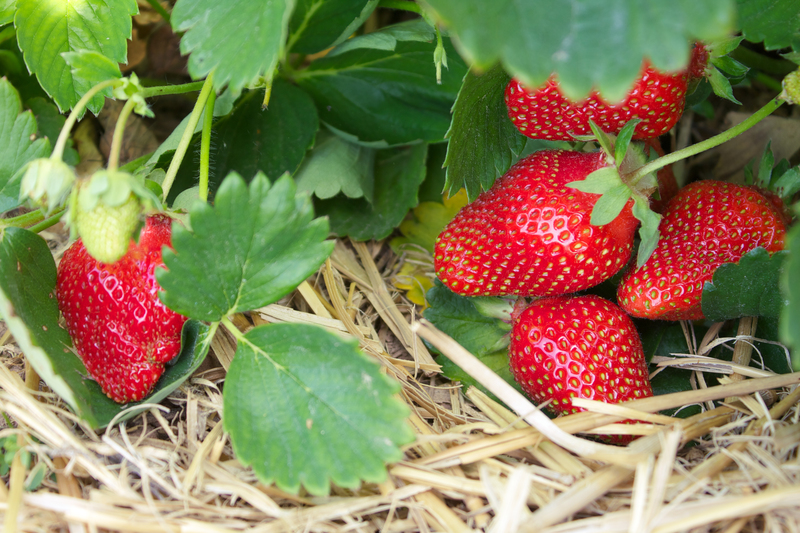Planting Mint: A How-To Guide
Posted on 09/08/2024
Mint is a popular herb used in a variety of dishes and beverages, known for its refreshing aroma and taste. It's also quite easy to grow, making it a favorite for both novice and experienced gardeners. In this guide, we'll take you step-by-step through the process of planting mint, ensuring you achieve a bountiful harvest.
Choosing the Right Location
Mint is a hardy plant that can thrive in various conditions, but it does best in partial shade with rich, well-drained soil. If you're planting in a garden, choose a location where it won't be overwhelmed by direct sunlight all day. Mint can also be grown indoors, provided it gets sufficient light.

Getting the Soil Ready
Before planting your mint, it's essential to prepare the soil. Mint prefers a slightly acidic to neutral pH level (6.0 to 7.0). You can test your soil's pH and adjust it accordingly using lime to raise the pH or sulfur to lower it. Enrich the soil with organic matter such as compost to ensure it has the necessary nutrients.
Planting Mint
You can start mint from seeds, cuttings, or transplants. Seeds should be sown indoors about 8-10 weeks before the last frost date. Once seedlings develop two sets of true leaves, they can be transplanted into the garden.
To plant mint cuttings, take a 3-4 inch cutting from a healthy mint plant. Remove the leaves from the bottom half and place the stem in water. Once roots develop, the cutting can be transplanted into soil.
Transplants can be planted directly into the garden or containers. Space mint plants about 18-24 inches apart to allow for growth.
Watering and Fertilizing
Mint requires regular watering to keep the soil moist but not waterlogged. It's particularly important to keep the soil consistently moist during the first few weeks after planting. Mulching around the base of the plants can help retain moisture and keep weeds at bay.
Fertilizing mint is not strictly necessary if the soil is rich, but a balanced fertilizer can be applied in the spring to encourage growth. Avoid over-fertilizing, as this can lead to a less flavorful herb.
Pruning and Harvesting
Pruning is essential to keep mint plants healthy and promote bushy growth. Regularly pinch back the tips of the stems, especially as flowers start to form. Flowering can reduce the flavor of the leaves, so it's best to remove flower buds as they appear.
Harvesting mint can be done any time after the plants have established. Simply snip the stems just above a pair of leaves to encourage new growth. Fresh mint leaves can be used immediately or dried for later use.
Tips for Growing Mint
- Containment: Mint is an aggressive spreader. Plant it in containers or use barriers in the garden to prevent it from overtaking other plants.
- Companion Planting: Mint can deter pests, making it a great companion for plants like tomatoes and cabbage.
- Varieties: There are many types of mint, such as peppermint, spearmint, and chocolate mint. Experiment with different varieties to find your favorite.
Pros and Cons
Pros:
- Easy to grow
- Versatile in culinary use
- Can deter pests
Cons:
- Aggressive spreader, can become invasive
- Requires consistent moisture

Takeaways
Growing mint is straightforward, whether you're a seasoned gardener or just starting. The key points include choosing the right location, preparing the soil, and maintaining proper watering and pruning practices. Be mindful of mint's invasive tendencies, and consider using containers to keep it in check.
Conclusion
Planting mint can be a rewarding experience, providing you with a constant supply of fresh, flavorful leaves. By following this guide, you'll ensure your mint plants remain healthy and productive. Whether you're using mint to enhance your culinary creations or simply enjoying its fragrant presence in your garden, this herb is a valuable addition to any green space.







